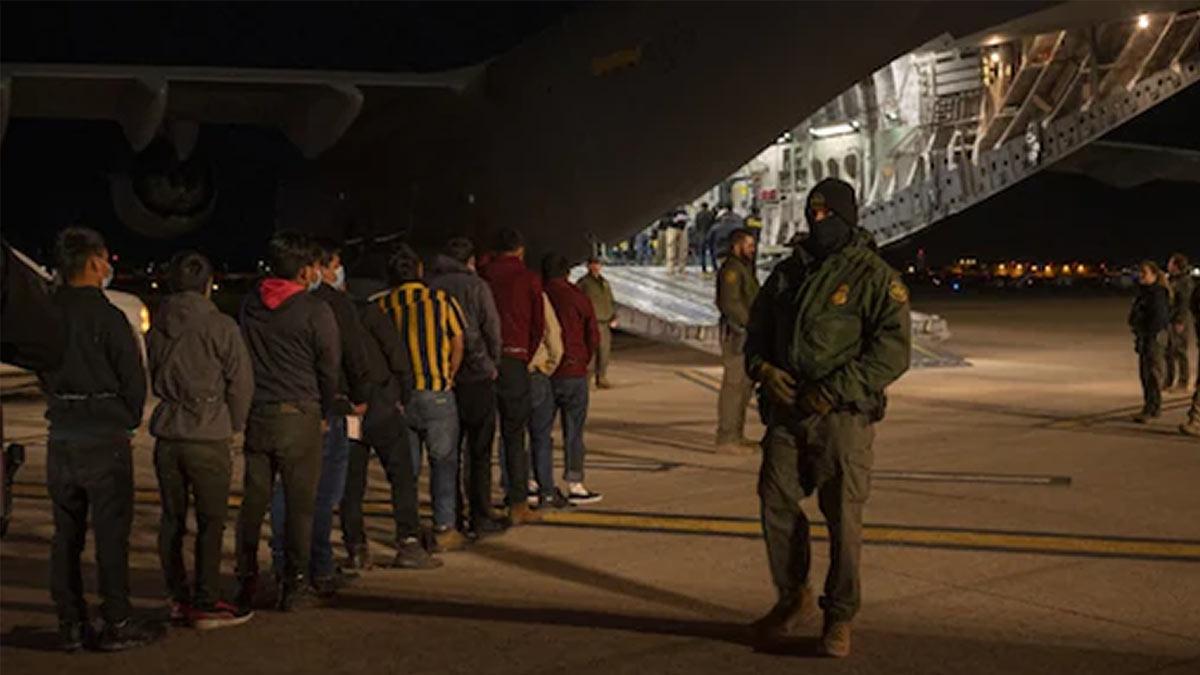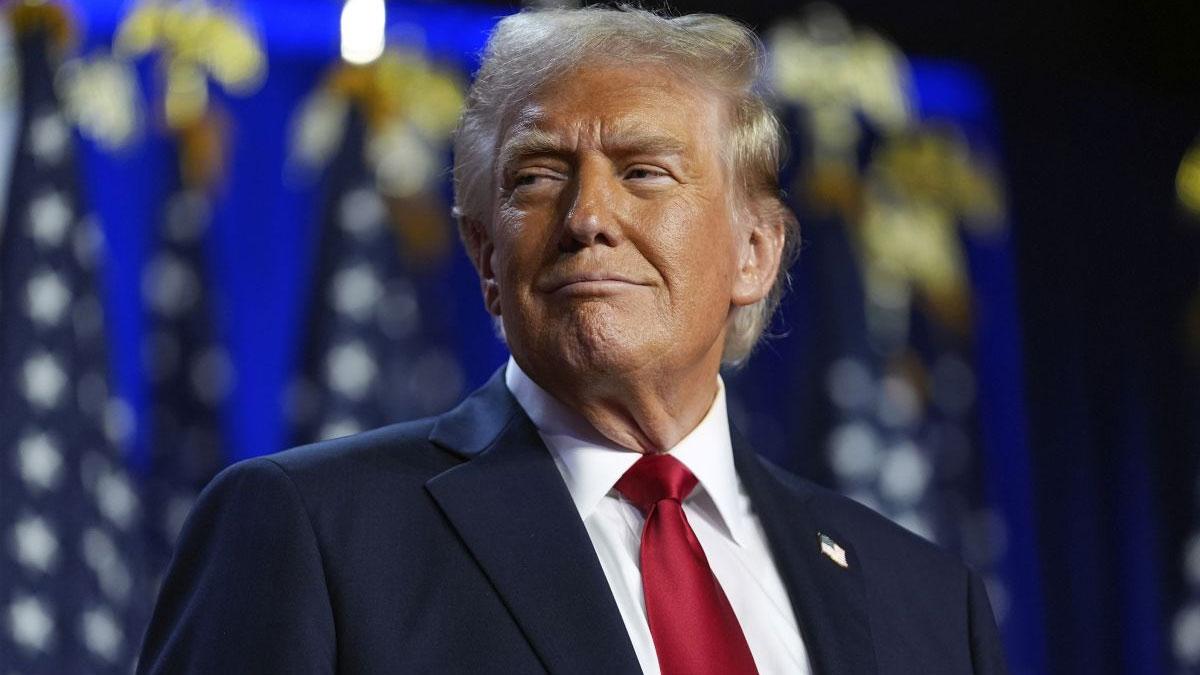In the midst of former President Donald Trump's hard-hitting efforts to curb illegal immigration, the U.S. has suspended the use of military planes for deporting migrants at great expense. The last one of such flights left on March 1, and the suspension is likely to be permanent, reports The Wall Street Journal (WSJ).
Soon after Trump's inauguration in January, his government started deporting some deportees either to their countries of origin or to a military base at Guantanamo Bay using military aircraft. The step, however, turned out to be costly and ineffective, and thus it was stopped, the WSJ report added.
The use of military planes was mostly symbolic, meant to reinforce the administration's hard line on illegal immigration. "The message is clear: If you violate the law, if you are a criminal, you can find your way to Guantanamo Bay," Defense Secretary Pete Hegseth announced last week, after watching migrants being flown on a C-130 plane.
Indians Deported on Military Planes
At Trump's policy, roughly 30 flights of deportation made use of the C-17 planes, with a dozen having operated through the C-130 aircraft. Deportees went to destinations in India, Peru, Guatemala, Honduras, Panama, Ecuador, and Guantanamo Bay.
In February, hundreds of Indian deportees landed in India in batches on a U.S. Air Force cargo plane. Most of them later gave chilling accounts of their ordeal, stating that they were chained and bound throughout the flight, only to be freed upon arrival.
A Costly and Inefficient Measure
Historically, the Department of Homeland Security (DHS) conducted deportations with commercial airlines. But to prop up the administration's stringent immigration policies, Trump's administration resorted to the use of military planes.
It turned out to be a highly inefficient measure. Military flights took fewer deportees at much greater expense than the government's standard civilian deportation flights.
The WSJ report exposed that only three deportation flights to India cost the taxpayers $3 million per flight. While flights to Guantanamo Bay, which had only a dozen or so individuals, ran a whopping $20,000 per deportee.
For comparison, U.S. Immigration and Customs Enforcement (ICE) puts the cost of a typical deportation flight at $8,500 per flight hour, whereas international flights put the figure at around $17,000 per flight hour.
Conversely, a C-17 military plane costs $28,500 per flight hour, as reported by U.S. Transportation Command. In addition, these military aircraft frequently had to fly longer routes, since they were not allowed to fly over Mexican airspace—adding several hours to flights to Central and South America.
International Pushback
Some Latin American countries, such as Mexico, Colombia, and Venezuela, declined to let U.S. military deportation flights into their borders. Instead, they either booked deportees on commercial airlines or dispatched their own aircraft.
In January, Colombian President Gustavo Petro denied landing to two C-17 flights, and this encouraged Trump to threaten tariffs. The White House later revealed that Colombia had agreed to take in deported migrants but that no C-17 flights actually landed in the country. Colombia instead took deportees back on its own flights.
Equally in February, Venezuela—long spurning American requests for deportation—dispatched two commercial aircraft to retrieve 190 of its citizens who were illegal immigrants into the U.S.
As diplomatic opposition mounts and costs pile up, Trump administration's policy of using the military to make deportations now ceased.
Read also| US Press Secy Leavitt Highlights Trump's Tough Stance on China Amid Tariff Hikes
Read also| China Signals Possible Defense Budget Increase, Stresses Peace Through Strength


















